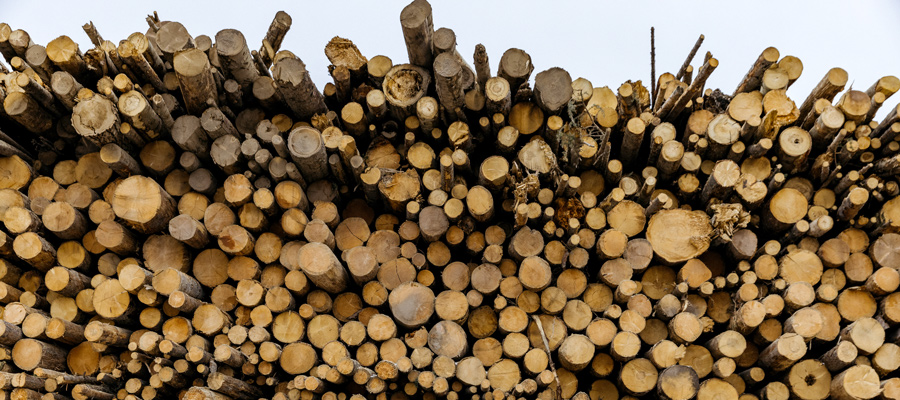This year’s tree-planting seedlings could end up a huge compost pile

For British Columbia’s tree-planting industry, COVID-19’s arrival came at the worst of times.
This year was to be the industry’s great leap forward, the biggest season on record with more than 300 million seedlings slated to be planted.
But while the industry managed to get the provincial government to declare “reforestation” an essential service, it may not be enough to prevent many of those seedlings from becoming one of the biggest compost piles in history.
At the industry’s urging, in late March BC’s chief forester Diane Nicholls delayed the start of the planting season in the interior of the province until early May.
The industry, rural communities, First Nations and the Province must now decide if it is even possible or desirable to put 5,000 planters on the ground in the Interior where three quarters of all trees are scheduled for planting.
While the industry managed to get the provincial government to declare “reforestation” an essential service, it may not be enough to prevent many of those seedlings from becoming one of the biggest compost piles in history.
First Nations communities in particular cannot afford to have the virus show up. Many are isolated without access to adequate healthcare, have crowded housing conditions and have elders who may be their community’s only Indigenous language speakers.
It’s a terrible situation because many rural First Nation and non-Indigenous communities are surrounded by depleted forests due to nearly two decades of mountain pine beetle attacks, heightened logging in response to those infestations and recent and horrific wildfire seasons.
Quesnel mayor, Bob Simpson, says vast areas outside his city are “blown out” and so bereft of living trees that there is elevated risk of devastating floods—a nightmare at any time but particularly now as sandbagging while social distancing is an impossibility.
Over time, getting such areas replanted would help lower flood risks. But making progress this year will be a tall order. Major hurdles would have to be cleared to salvage even some of this season.
First, provincial health authorities would have to sign off on industry plans to operate camps where rigorous social distancing requirements would need to be in place, something many tree planters themselves say may be impossible. Second, absolute assurances would need to be provided to, and informed consent received from, First Nations that there be zero contact between planting camps and First Nation communities. Third, rural communities would have to identify facilities that could temporarily house planting crews, preventing potential transmission of the virus from workers to community members and vice versa.
It’s a terrible situation because many rural First Nation and non-Indigenous communities are surrounded by depleted forests
Roughly $80 million has already been spent growing the seedlings in commercial nurseries for this year’s planting season. Projected wages for the planters easily double that number. And associated economic spinoffs add millions more to the tally. But as we know, it is essential that public health come first.
Of bigger concern than the potential lost planting season may be the solvency of many forest companies that are legally required to “reforest” what they log.
Pre pandemic, unsustainable logging rates, insect infestations and extensive wildfires had gutted forests, forcing companies to go further afield at added cost to find trees.
Then, at the beginning of the year, lumber demand plummeted, adding to companies’ financial woes and raising the spectre of permanent mill closures.
New approaches are needed for logging our forests, how they are replanted, how and where fires are fought and where they are allowed to burn.
It may be time for a new provincial Crown agency to work closely with communities to coordinate future reforestation efforts.
Reasons this makes sense include that most of our forests are “Crown” or publicly owned assets and are also the territories of First Nations. And, many Interior forests are in trouble largely because logging companies did the same thing over and over again. They clear-cut vast areas of forest, then replaced them with plantations heavily weighted to one tree species—lodgepole pine. Now many of those pine trees are dead due to insect attacks, disease outbreaks and wildfires, all of which are increasing in severity due to climate change.
New approaches are needed for logging our forests, how they are replanted, how and where fires are fought and where they are allowed to burn. The Province should play a critical role in figuring that out.
It may be that the pandemic provides us time to rethink how we can once again have healthy forests and therefore healthier and safer rural communities.


